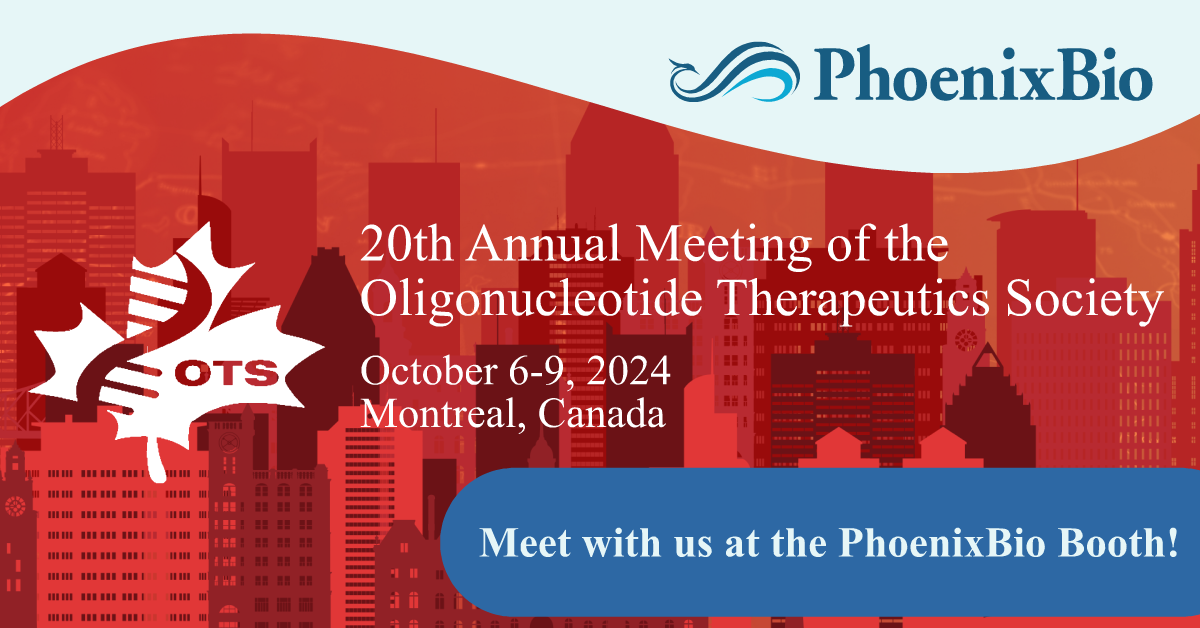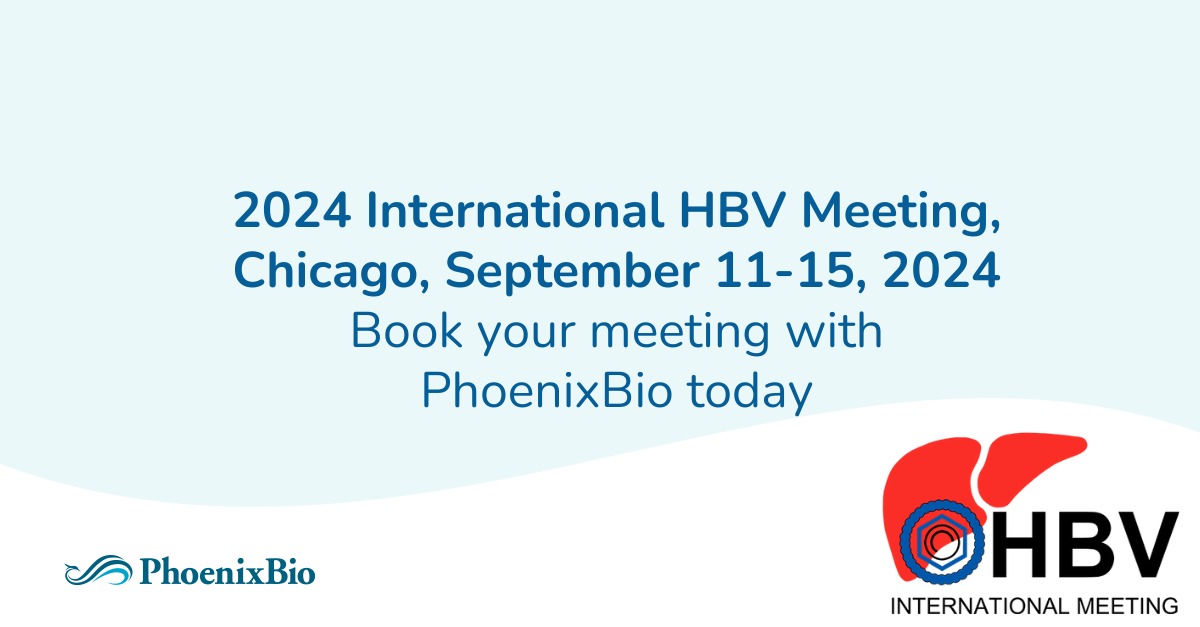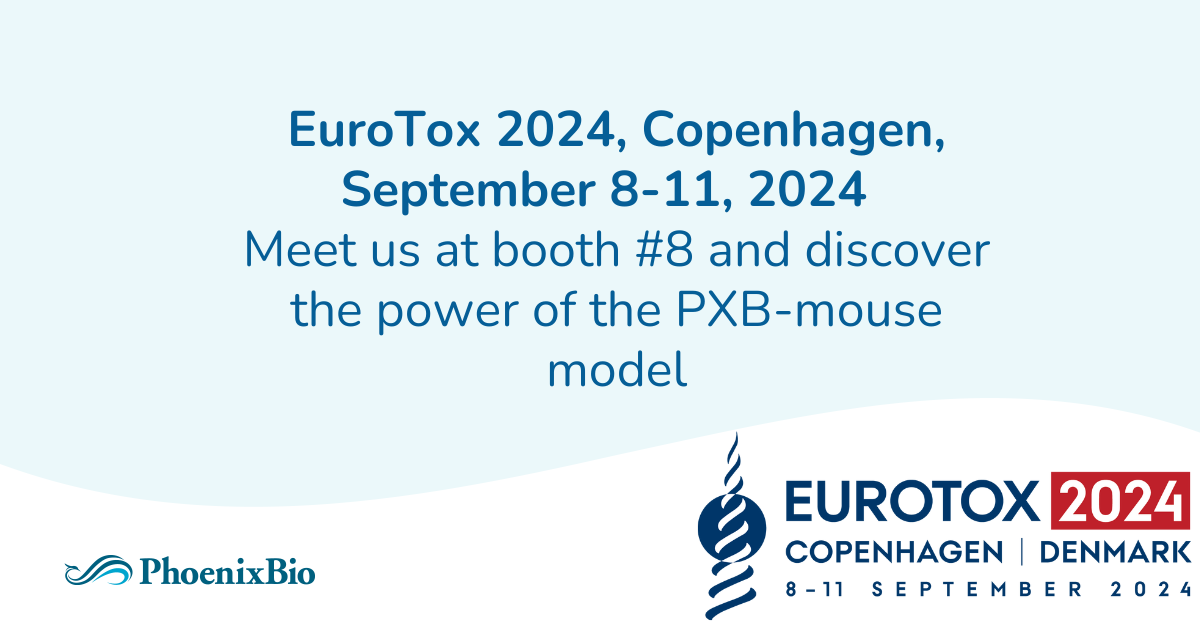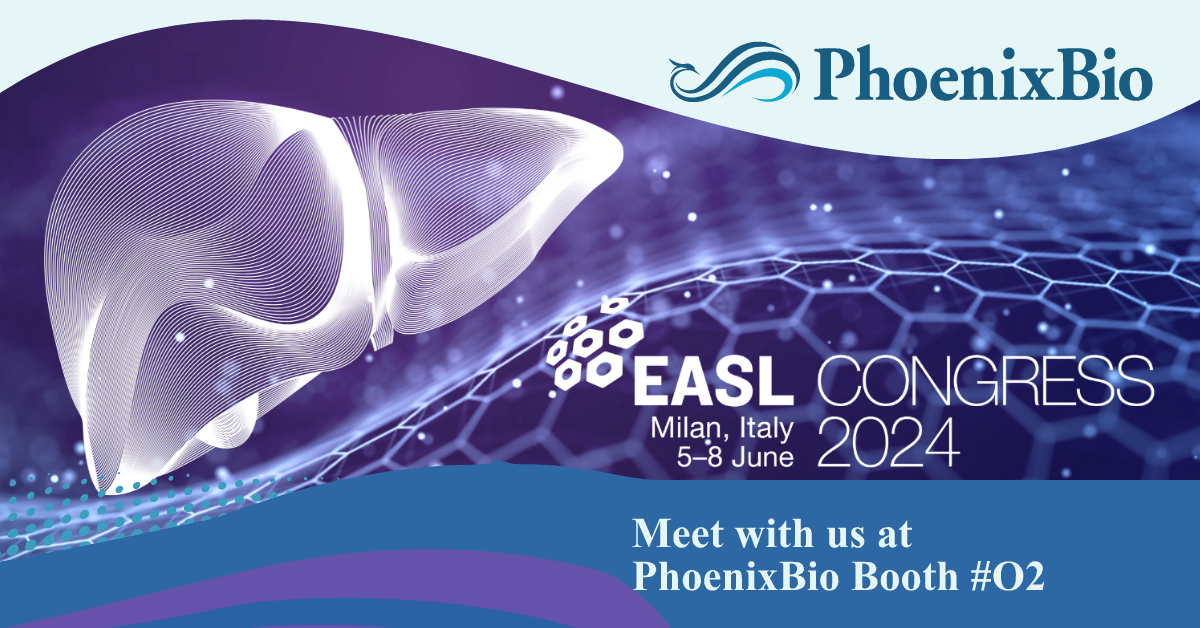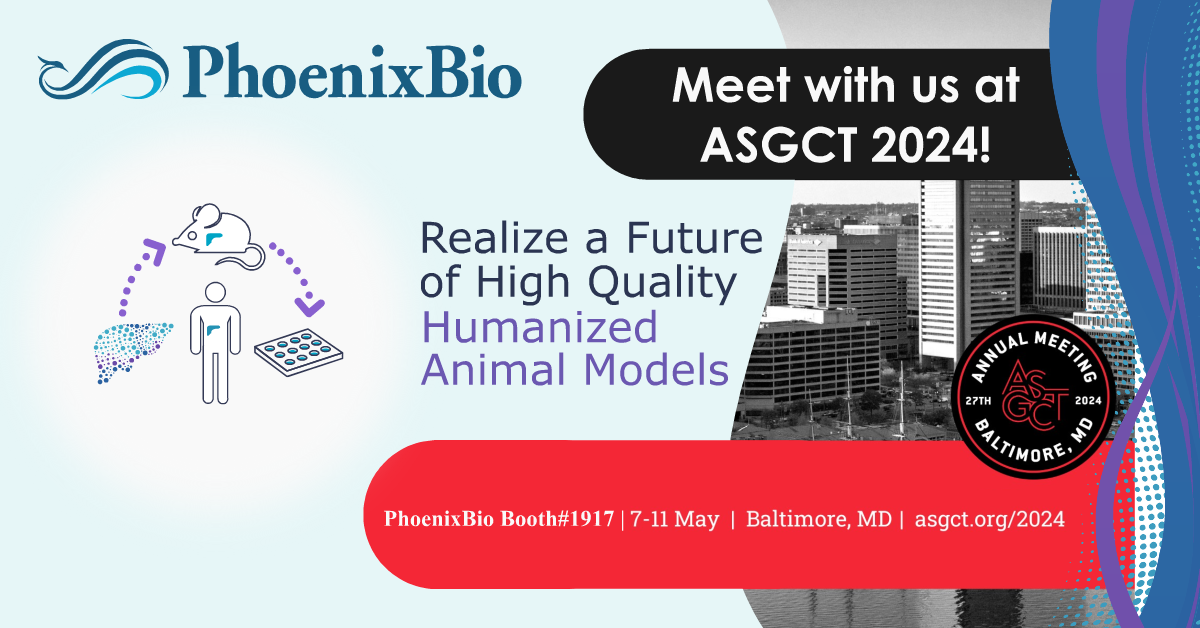6 October 2024
Exhibition at OTS 2024
The 20th Annual Meeting of the Oligonucleotide Therapeutics Society will be held from October 6th - 9th in Montreal, Canada. PhoenixBio is excited to be sponsoring a booth and attending the the annual meeting to get the latest updates in the fast moving field of Oligonucleotides! Meet with our team at Booth #3-1 to learn more about PhoenixBio's capabilities and how our humanized liver mouse model and fresh human hepatocytes provide an unparalleled translational platform to advance your studies.
